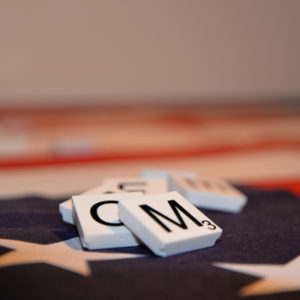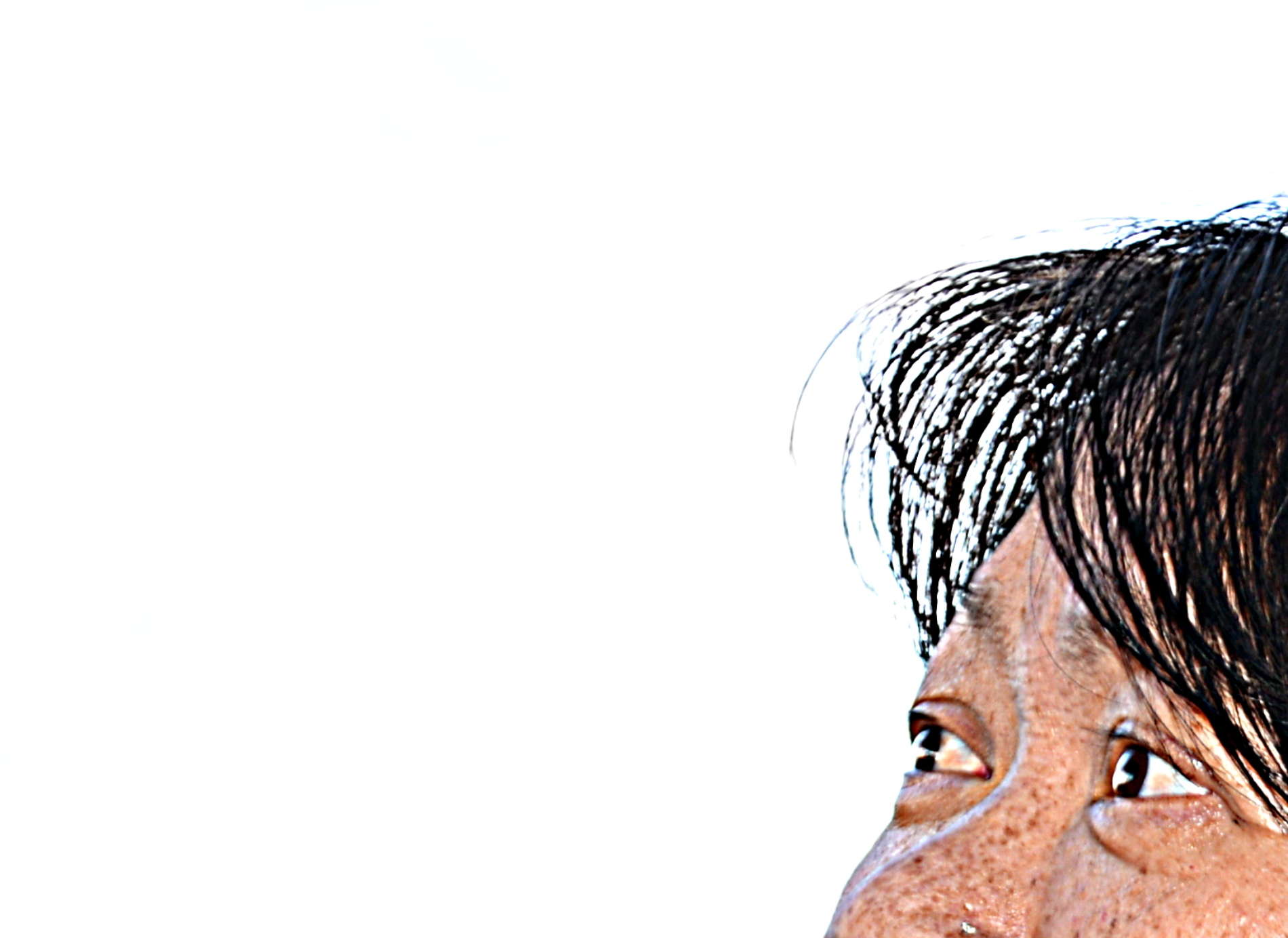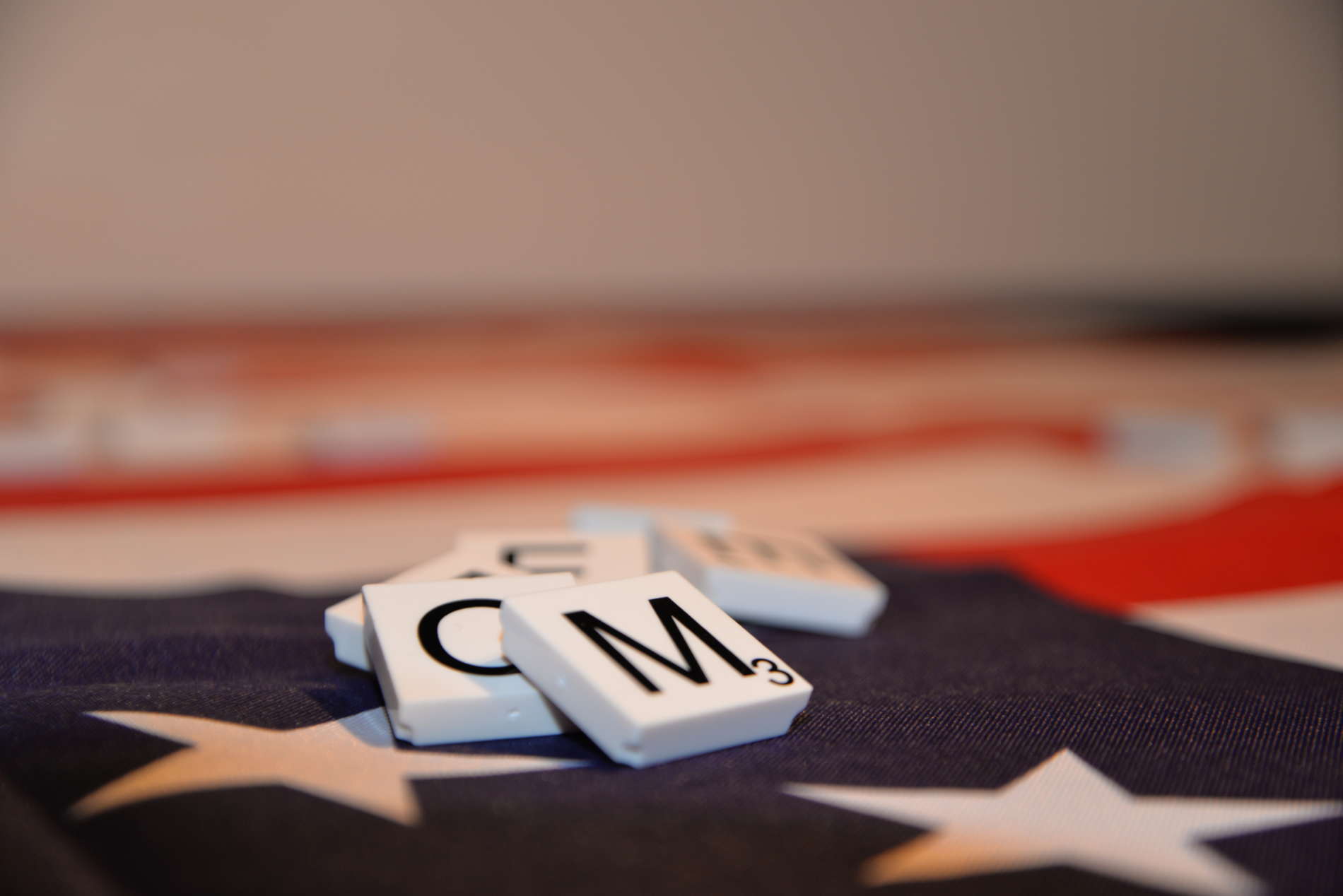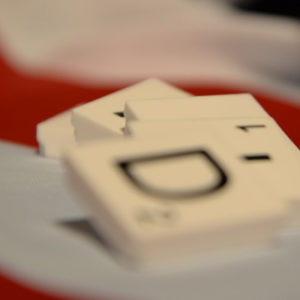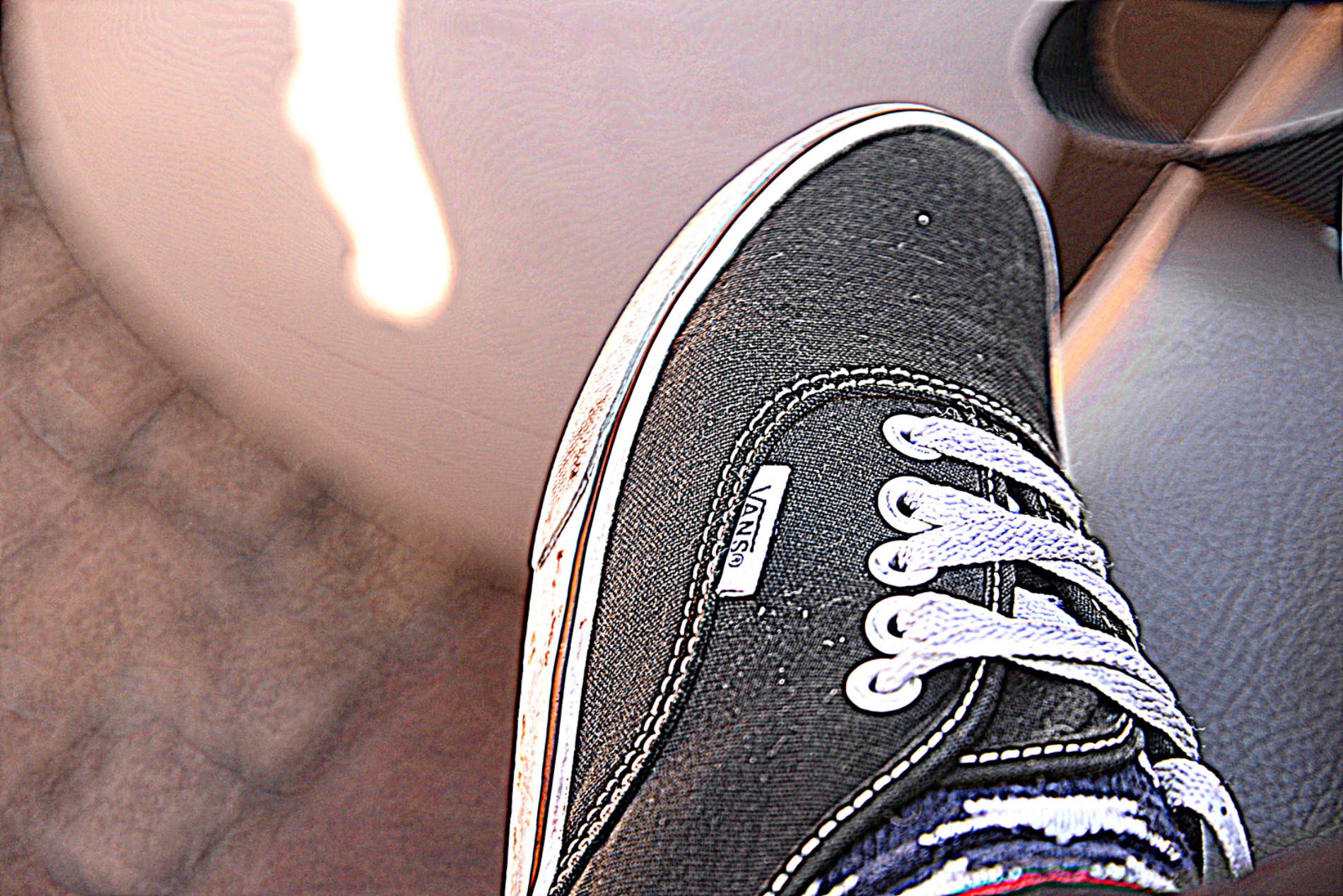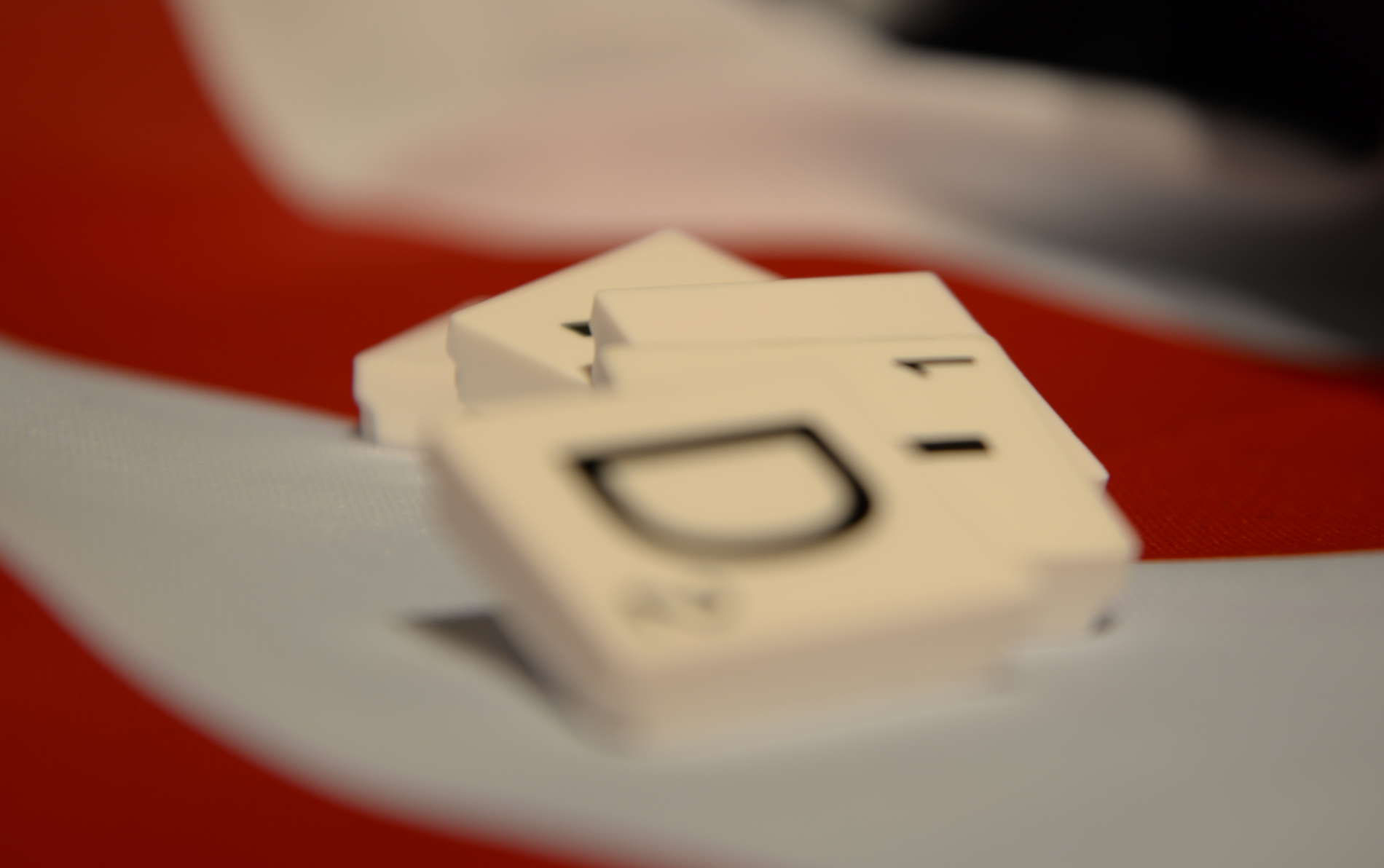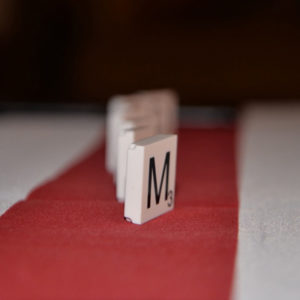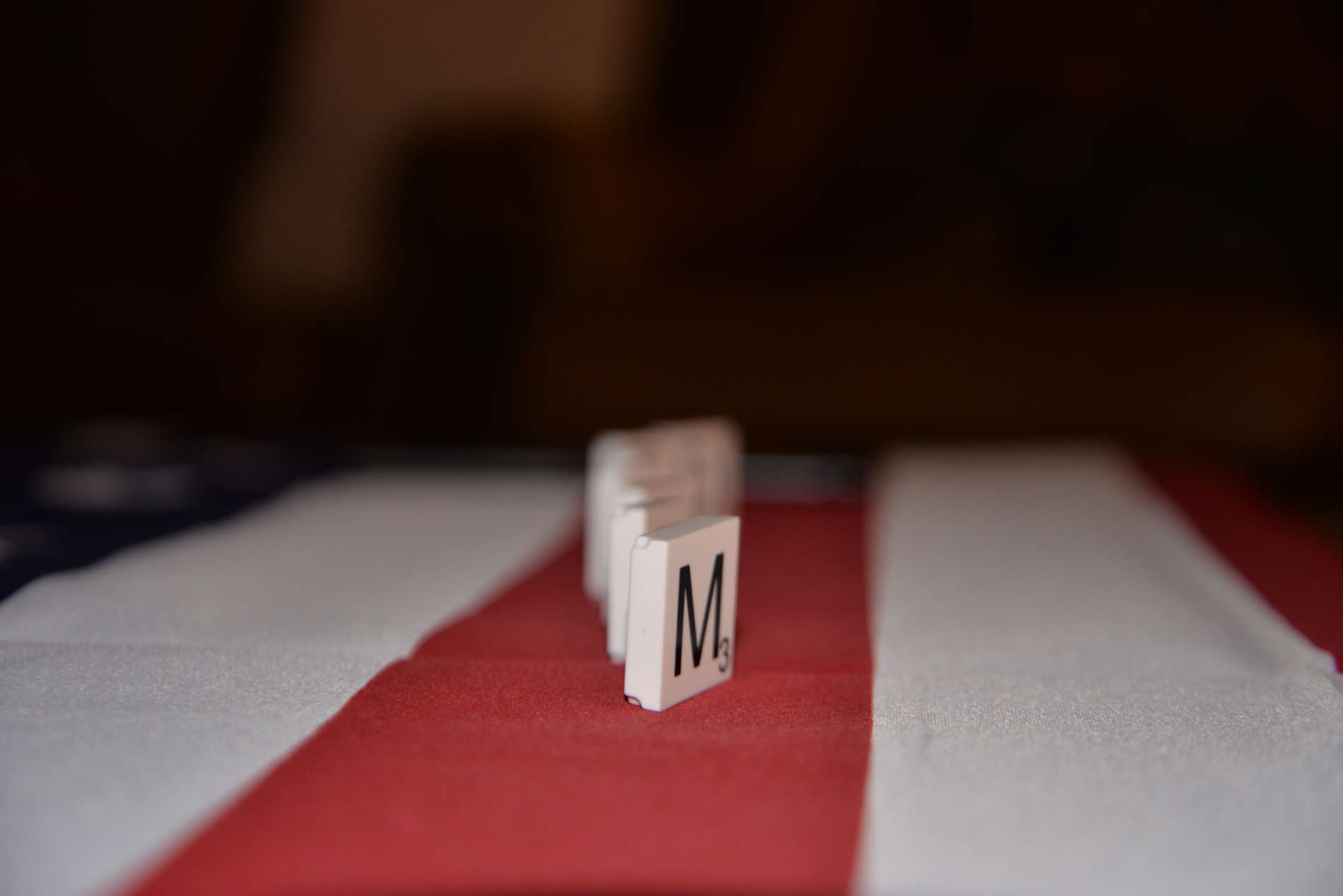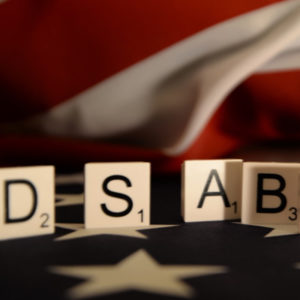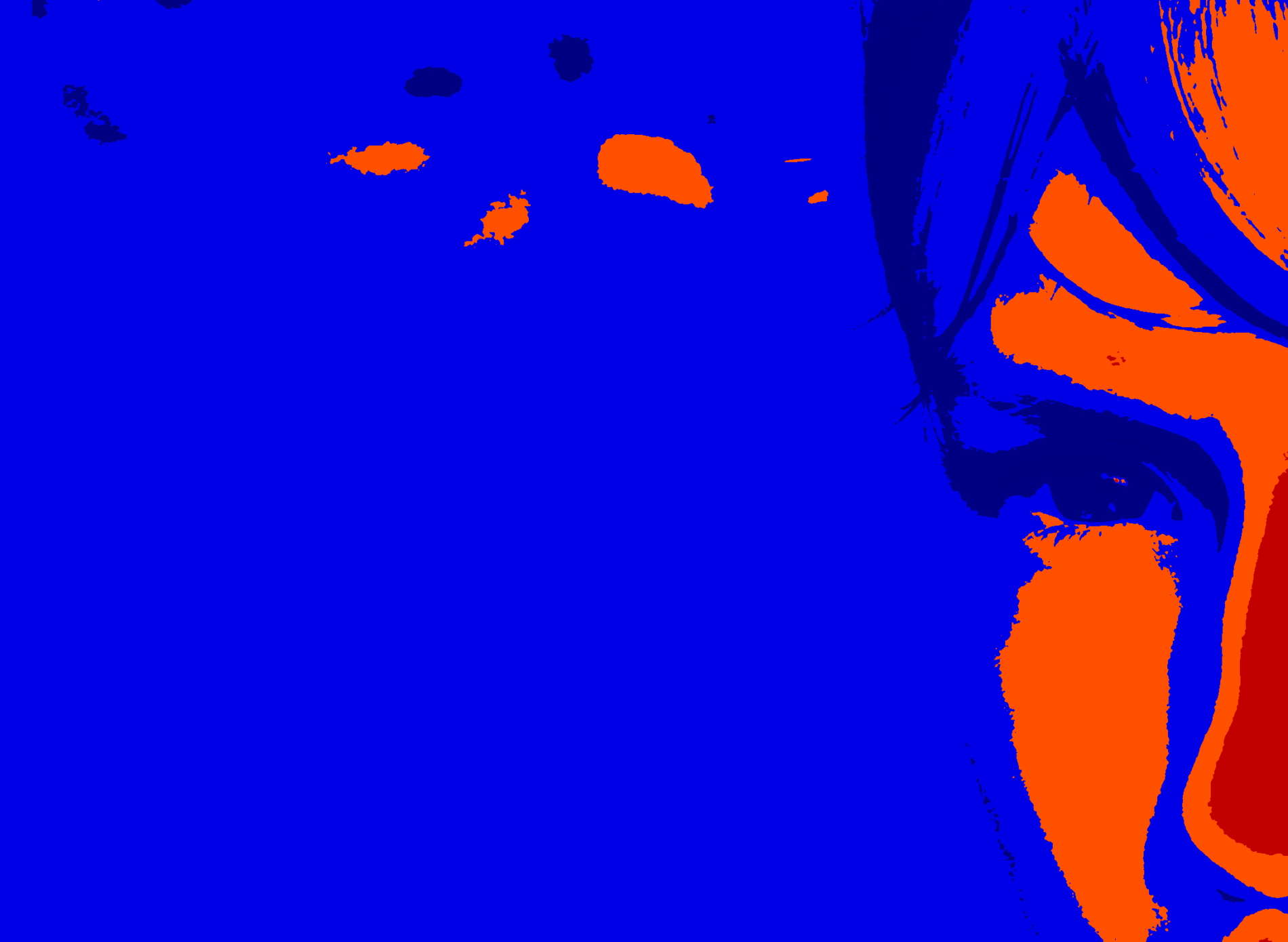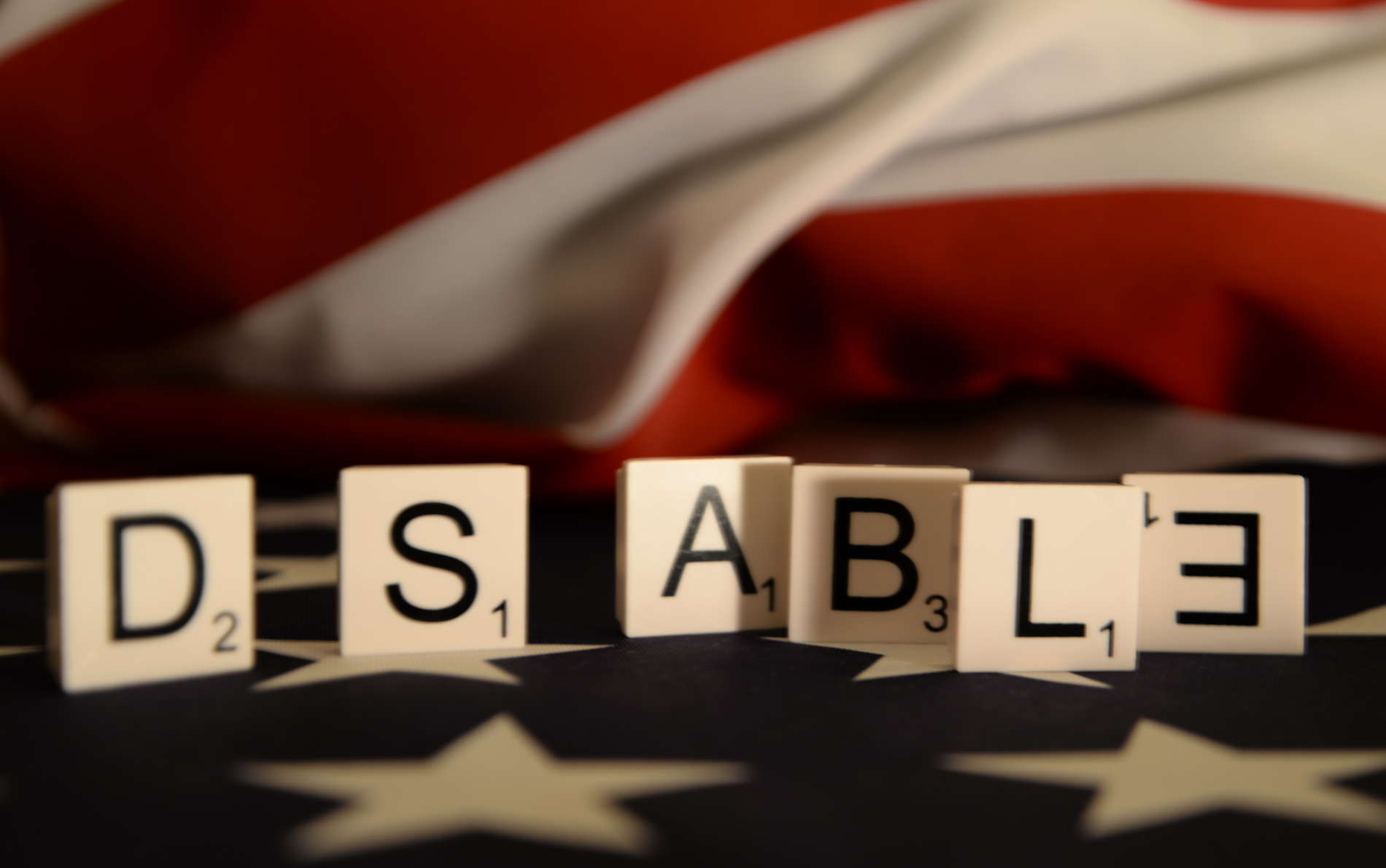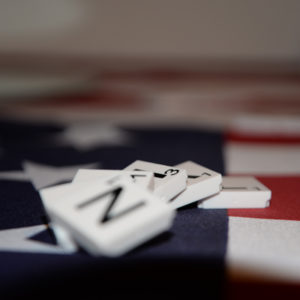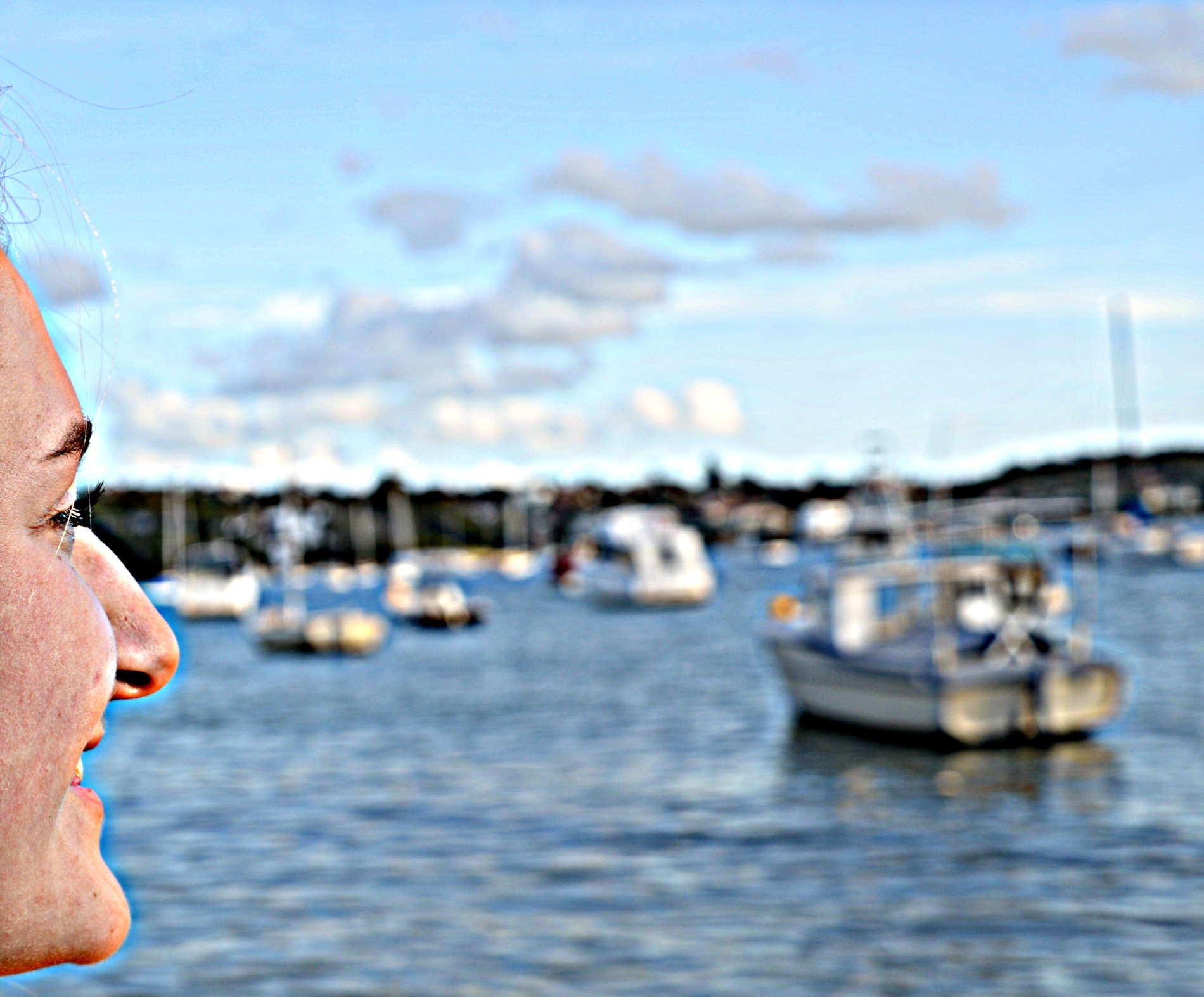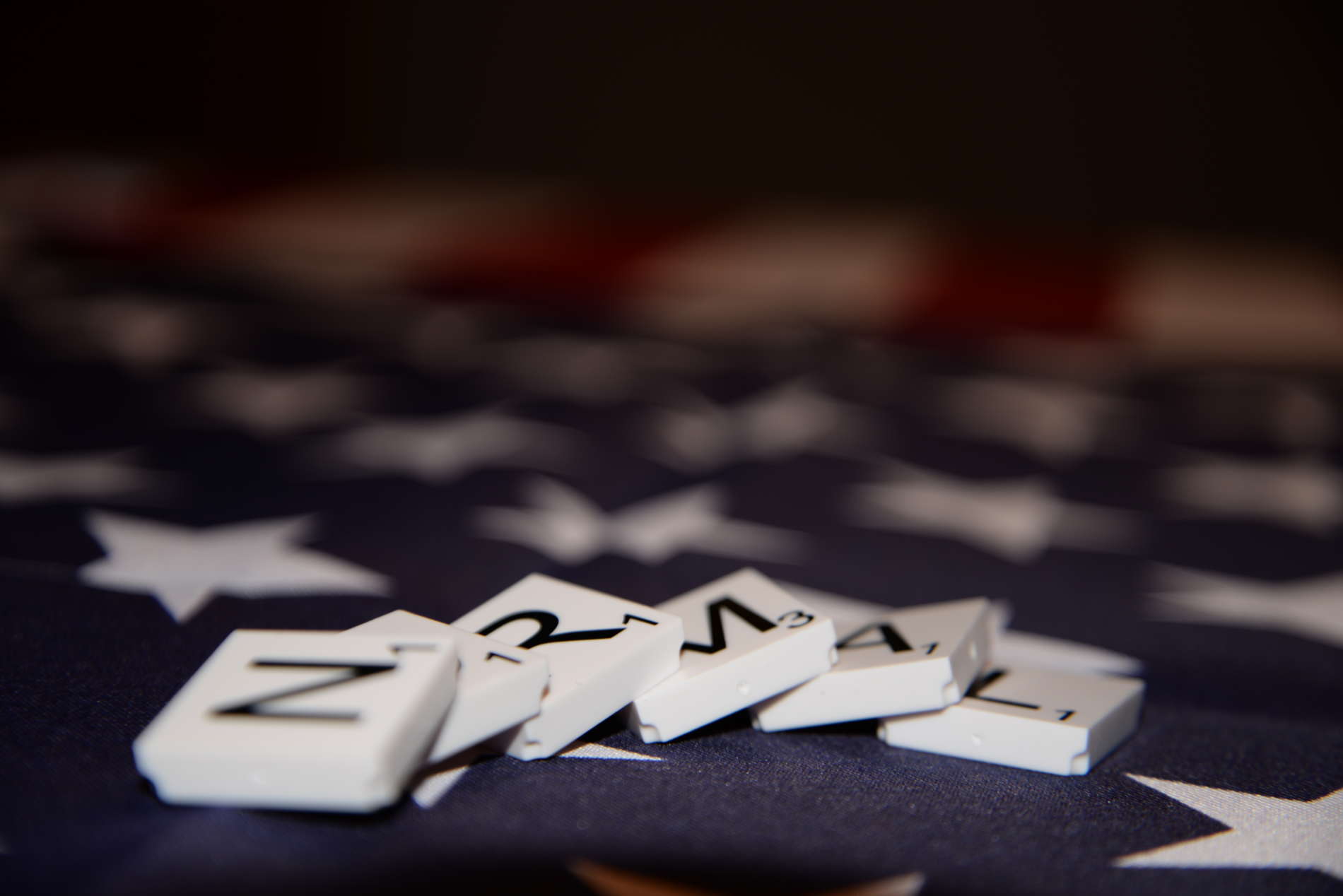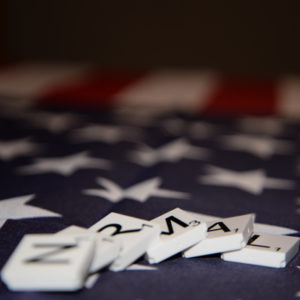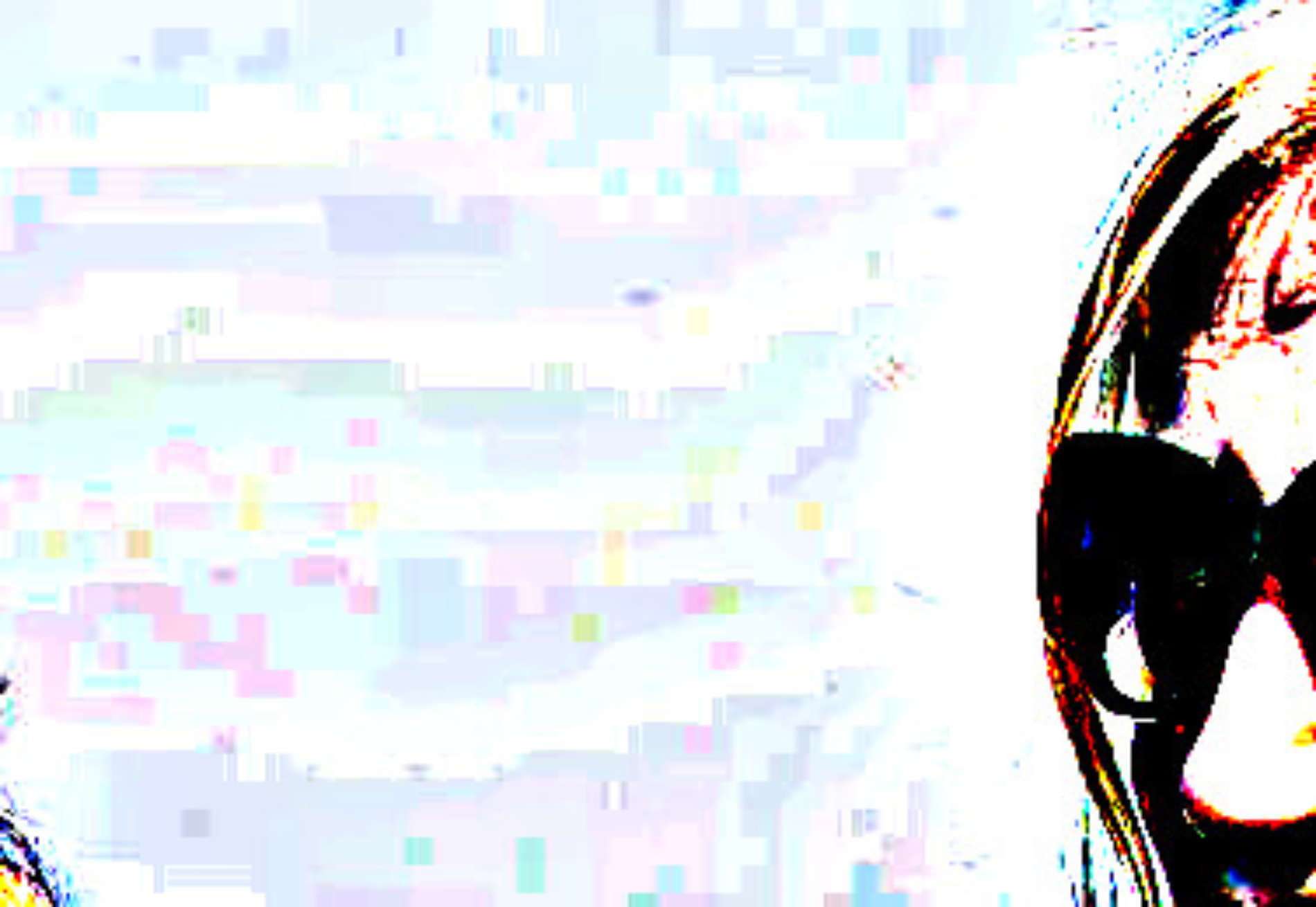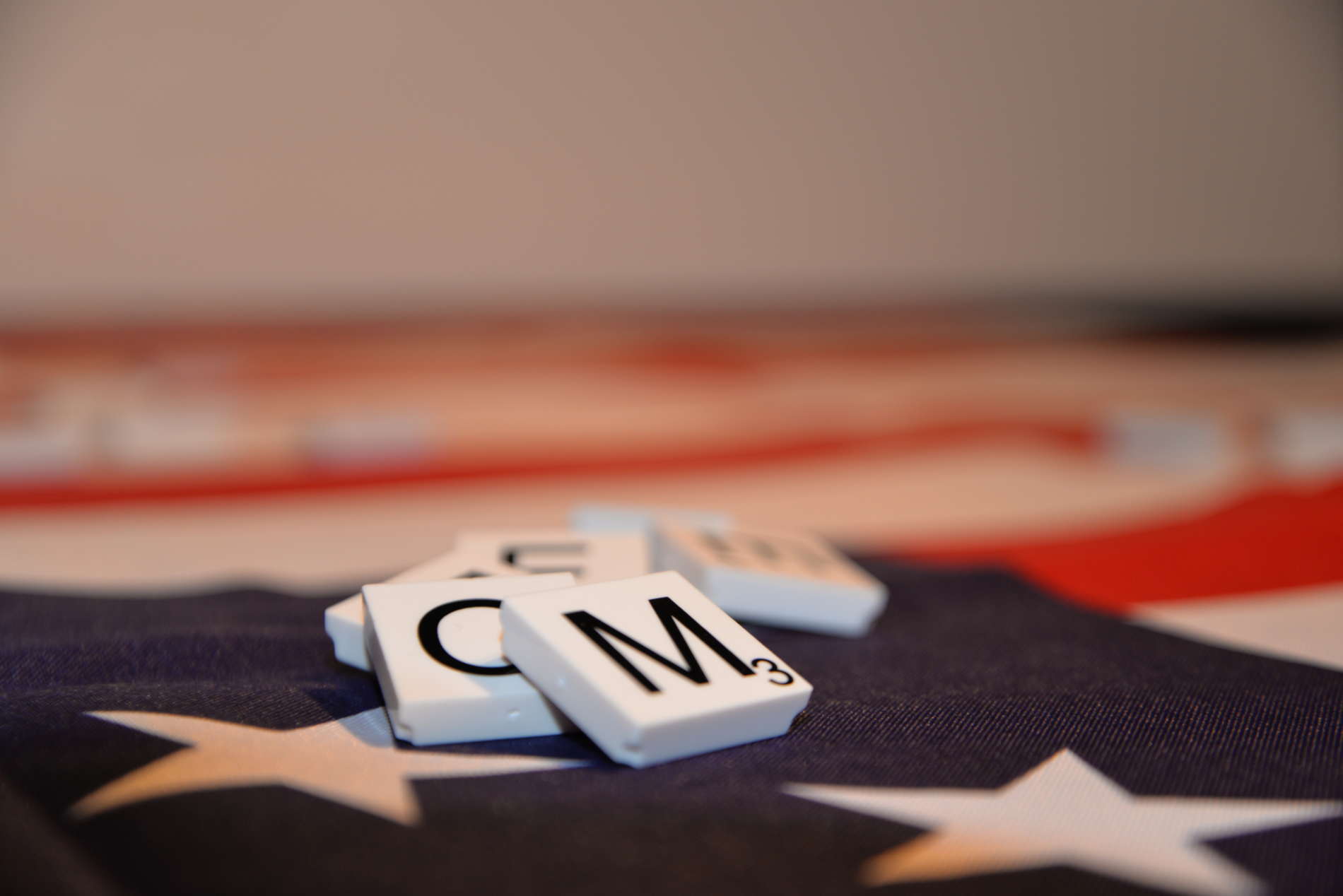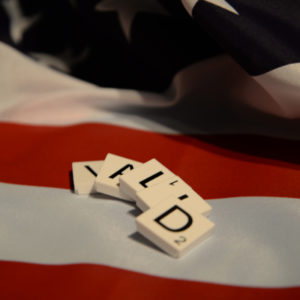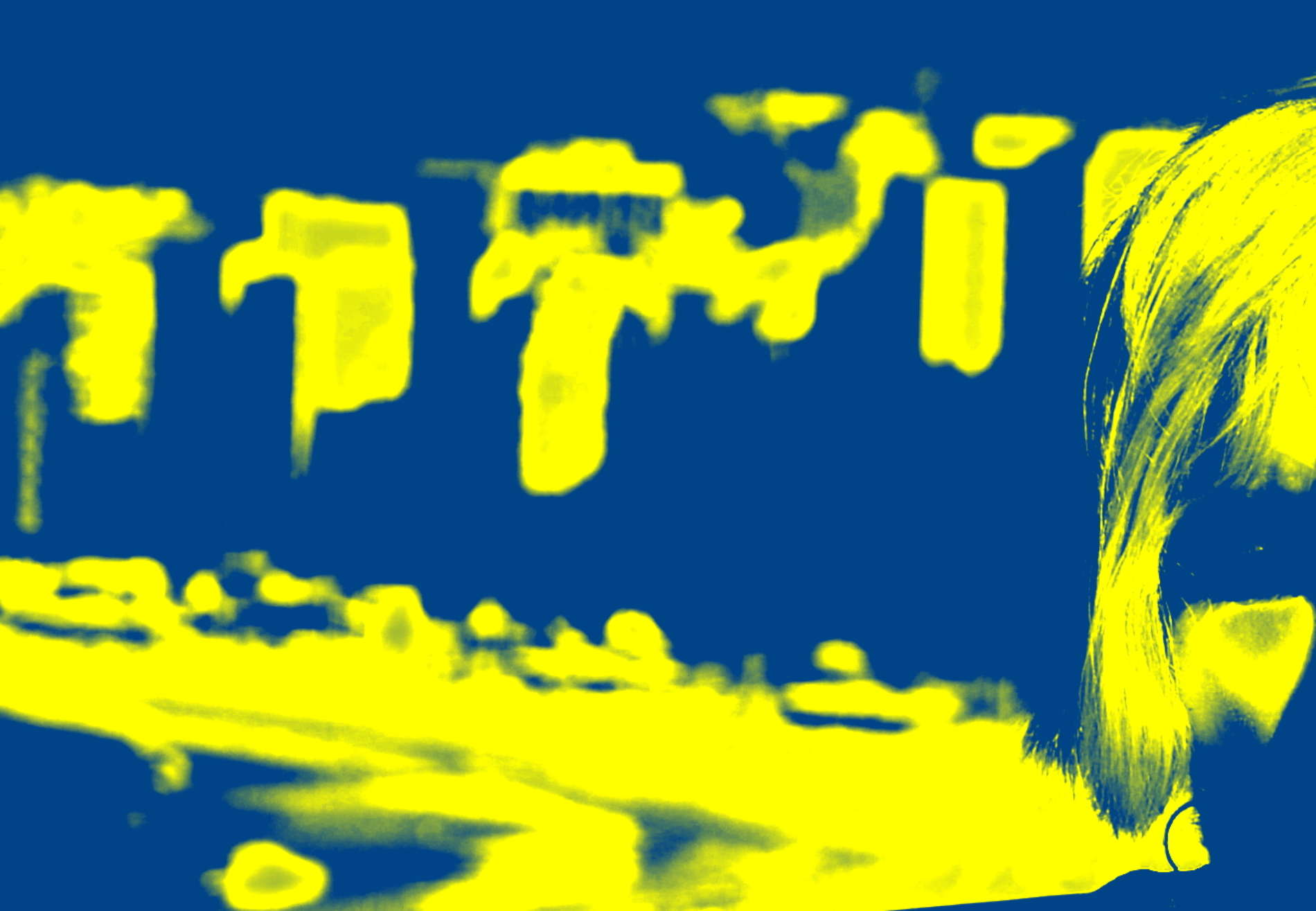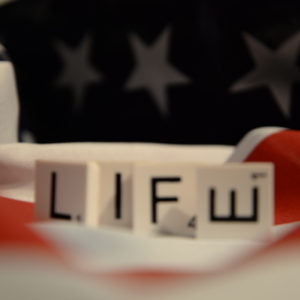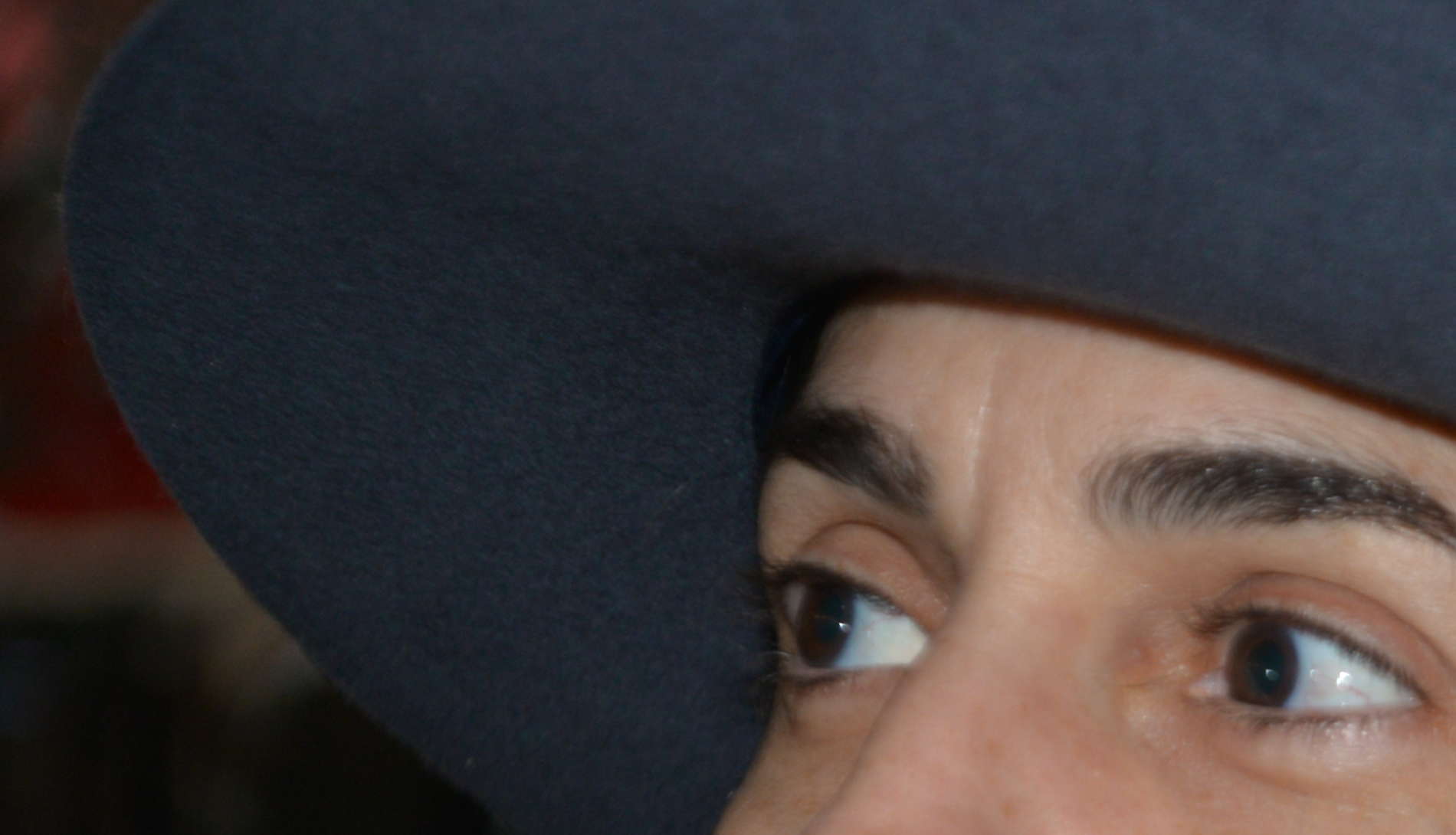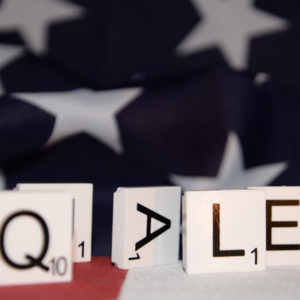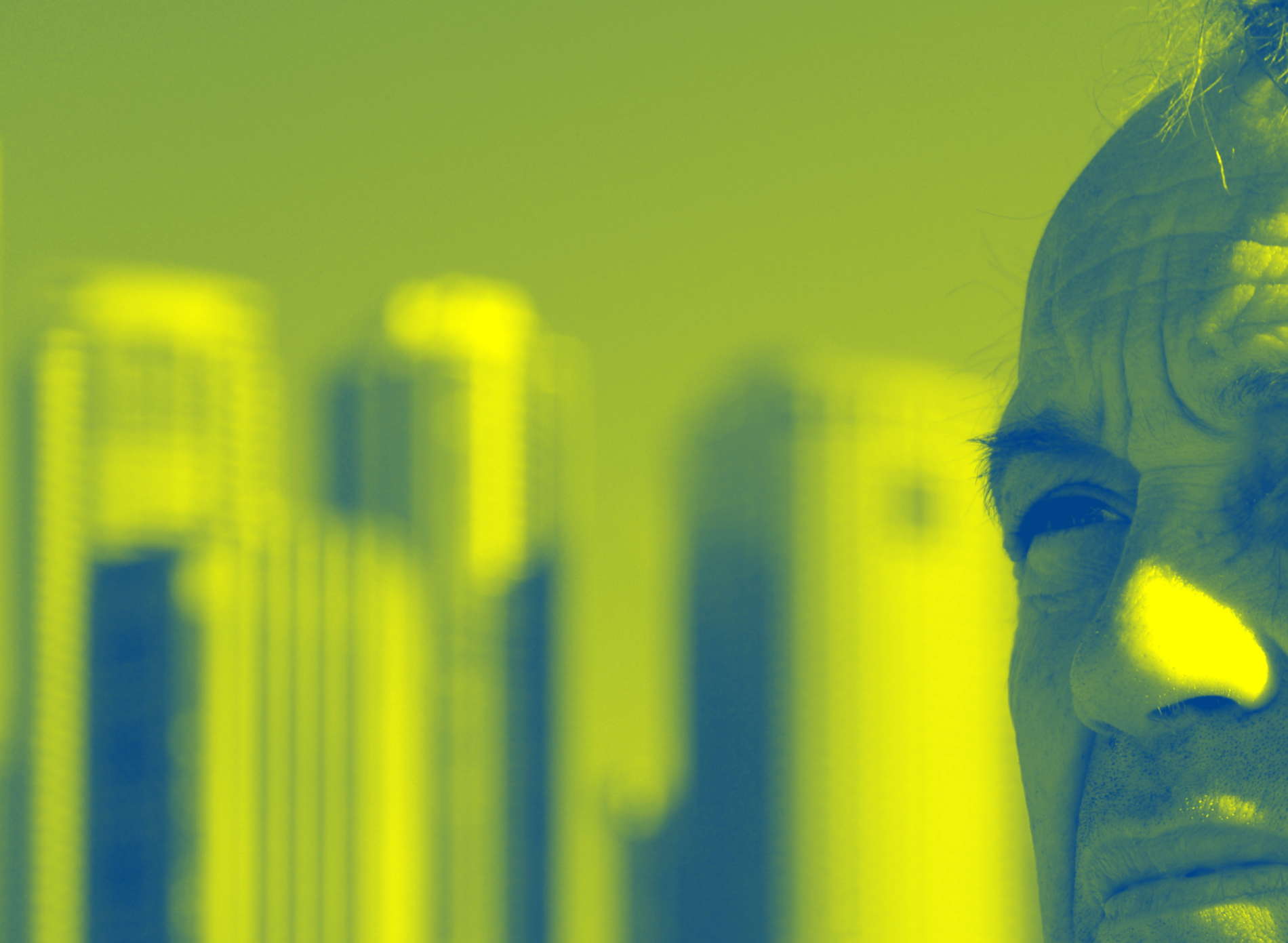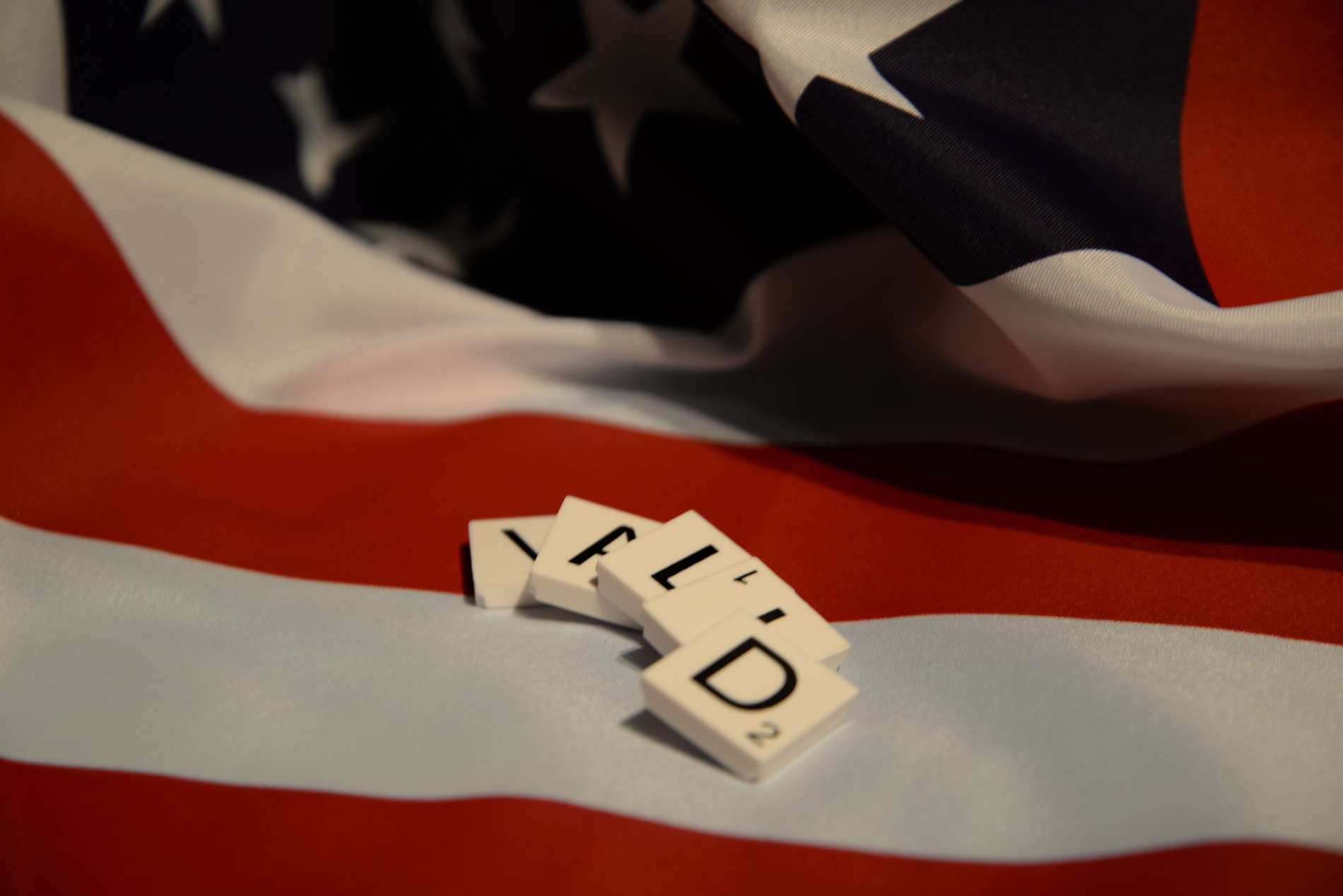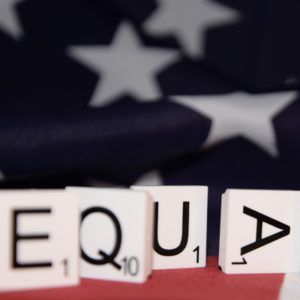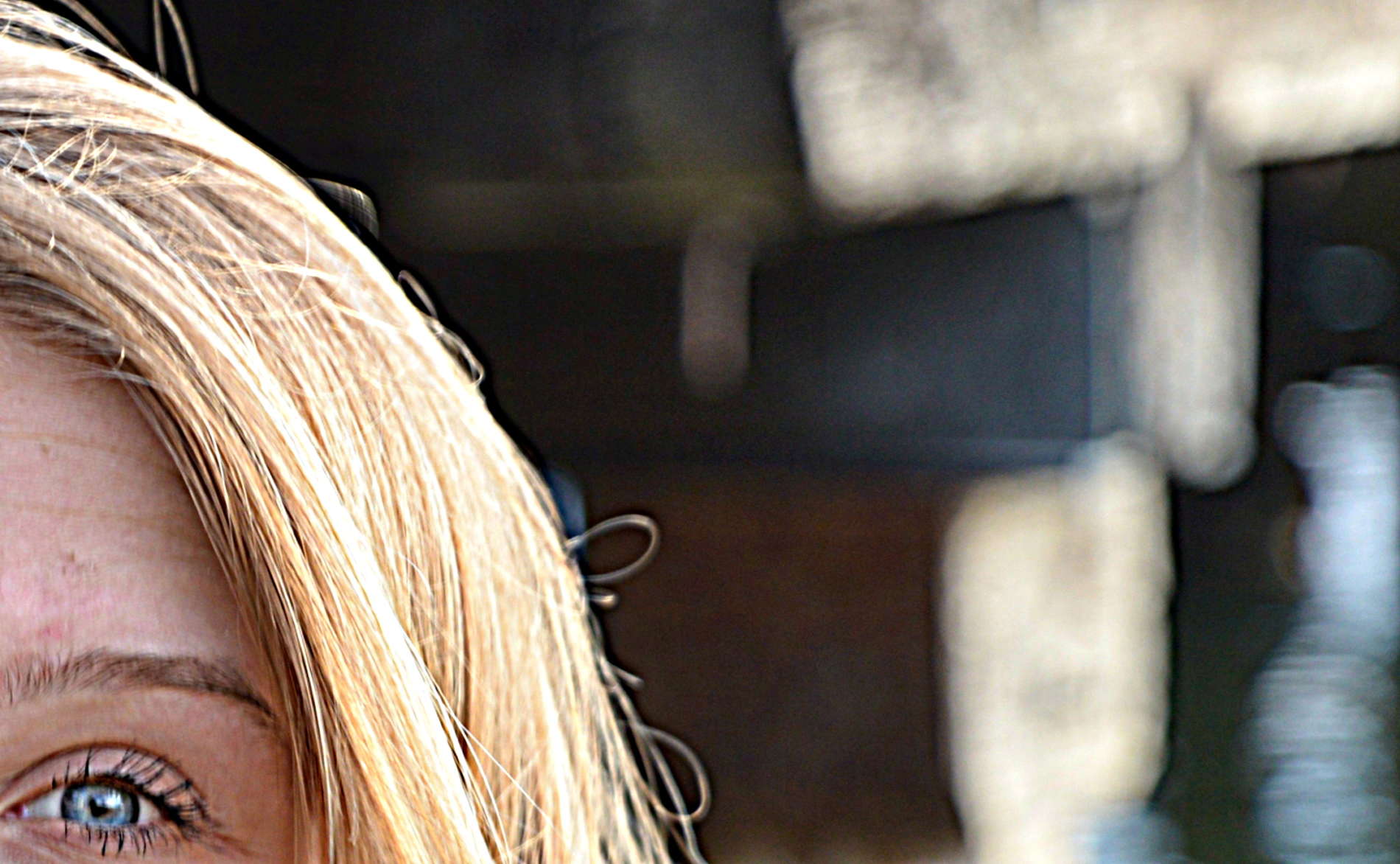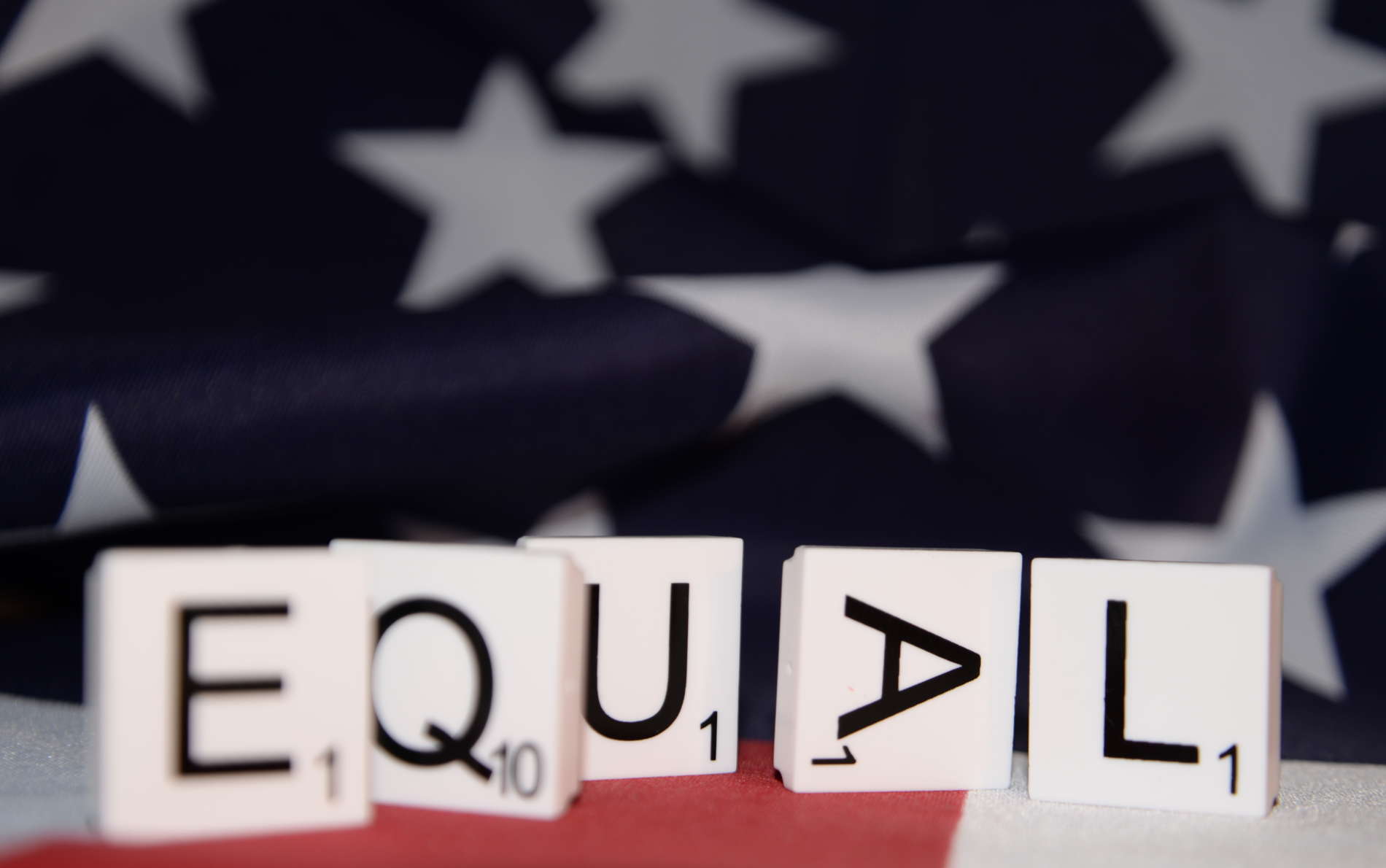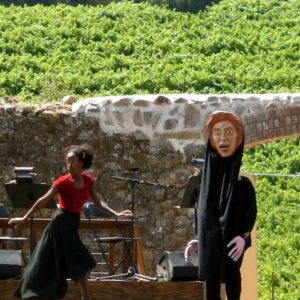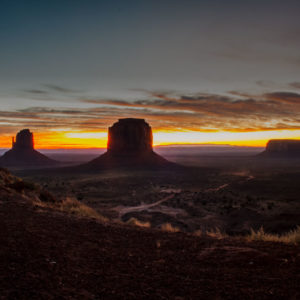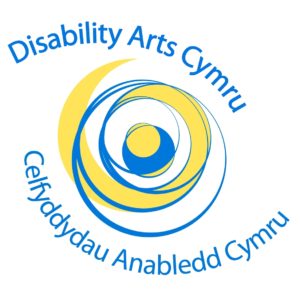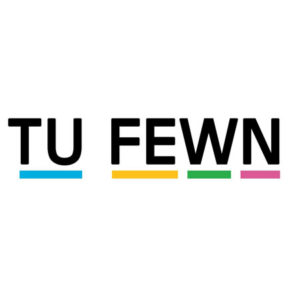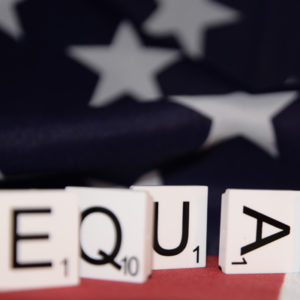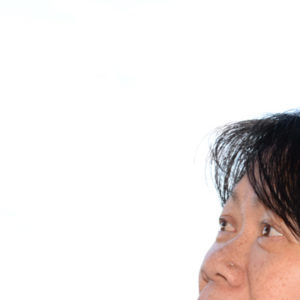Tu Fewn
Turning it on its Head - What is your American Dream?
Artist Zoe Partington-Sollinger has created a series of 10 portraits which share her conversations with a collection of disabled artists from around the world about their notion of the ‘American Dream’.
Zoe explains: “Disabled people spend their lives managing myths and preconceptions assimilated to their characters and persona. This work is about connecting with disabled people and non-disabled people worldwide to use photographic portraits to share, ‘The American Dream’.”
Turning it on Its Head uses sound and image to challenge traditional portraiture and provides a critical exploration of Zoe’s own experience of sight loss and her personal interpretation of images.
As part of the project she is inviting online audiences to share their American Dream through photography or sounds which audiences can upload here as part of the festival 1st October to the 31st October.
Submit your images and sounds that explore your personal American Dream.
Tu Fewn User Submission
Add your own artwork
Upload Your Artwork
Use this form to add your own artwork
